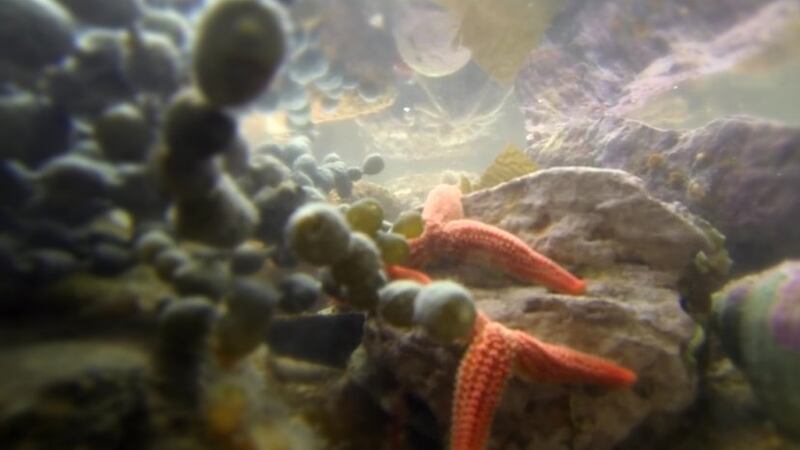Starfish have decimated the mussel beds in Ōhiwa Harbour in the Bay of Plenty.
Now local iwi are now involved in a project to harvest the starfish and use them to produce an anti-ageing skin cream.
Ngāti Awa and Te Upokorehe want the starfish that have been preying on mussels gone from the eastern Bay of Plenty.
But Waikato University Professor Kura Paul-Burke (Ngāti Awa, Ngāti Whakahemo) and others have been studying using the starfish collagen properties to produce skin creams to sell to the world.
“We don’t want to moumou [waste] the starfish. They have their own mana and their own mauri. Let’s face it, when we talk to all the nannies, they all want fewer wrinkles, so we decided that we would try a hand cream,” Paul-Burke says.
Extracting collagen
A skin cream has been developed by Cawthron Institute’s Dr Matt Miller, and Plant and Food Research’s Dr Mathew Cumming by extracting collagen from starfish taken from Ōhiwa Harbour.
Paul-Burke oversaw the project, which involves adding a weak acid to separate the collagen from the hard exterior of the starfish.
Cumming, who has a whakapapa connected to Ngāti Raukawa ki te Tonga, said this would be the first time anyone has extracted collagen from New Zealand starfish.
Paul-Burke said starfish split themselves in half to reproduce, regrowing the missing limbs. “But in order for them to regrow their limbs, that means they have a lot of collagen and collagen is good for us in terms of creams and other products,” she said.
The production of the cream was just one part of the Awhi Mai Awhi Atu project to inform a starfish management plan for the Ōhiwa harbour and was funded by the Sustainable Seas and National Science Challenge.
Overbalance cause unknown
In 2009 there were 672 tonnes of the 11-arm starfish found in a four-hectare mussel bed but scientists believe that a sustainable or balanced number of starfish per hectare is only 15.
Miller said the starfish were meant to be there to bring about a balance but scientists did not know why there was an overabundance of them.
“We took six starfish and made 60 pottles - a little bit of starfish goes a long way,” Miller said.
Collagen creams are popular in Asian countries such as Korea, with prices for them ranging from NZ$5 to NZ$100.
Developing this type of financial income is timely as funding is coming to an end for the Ōhiwa project.
The funding gave Paul-Burke and iwi to have the opportunity of a Māori-led project to assist Ōhiwa harbour in the way that tāngata whenua tāngata moana wanted to assist their waters and their food baskets.
“That's why this product, hinu pātangaroa (starfish cream) could be an avenue open to us for the circa economy approach, a long-term sustainable option to help us manage our harbour.”
Iwi are to decide whether they will go ahead with commercialising the product.

